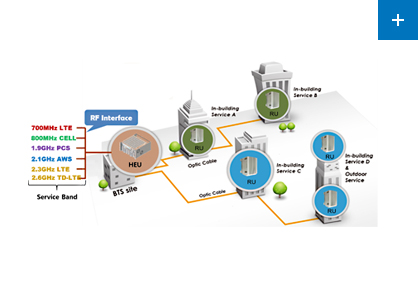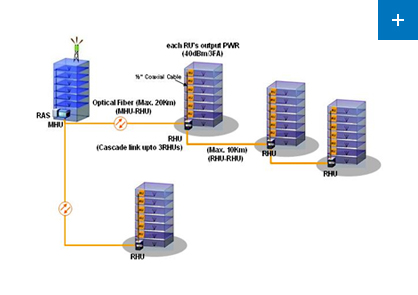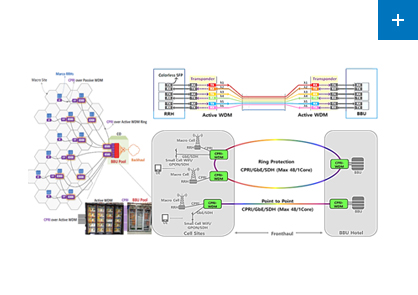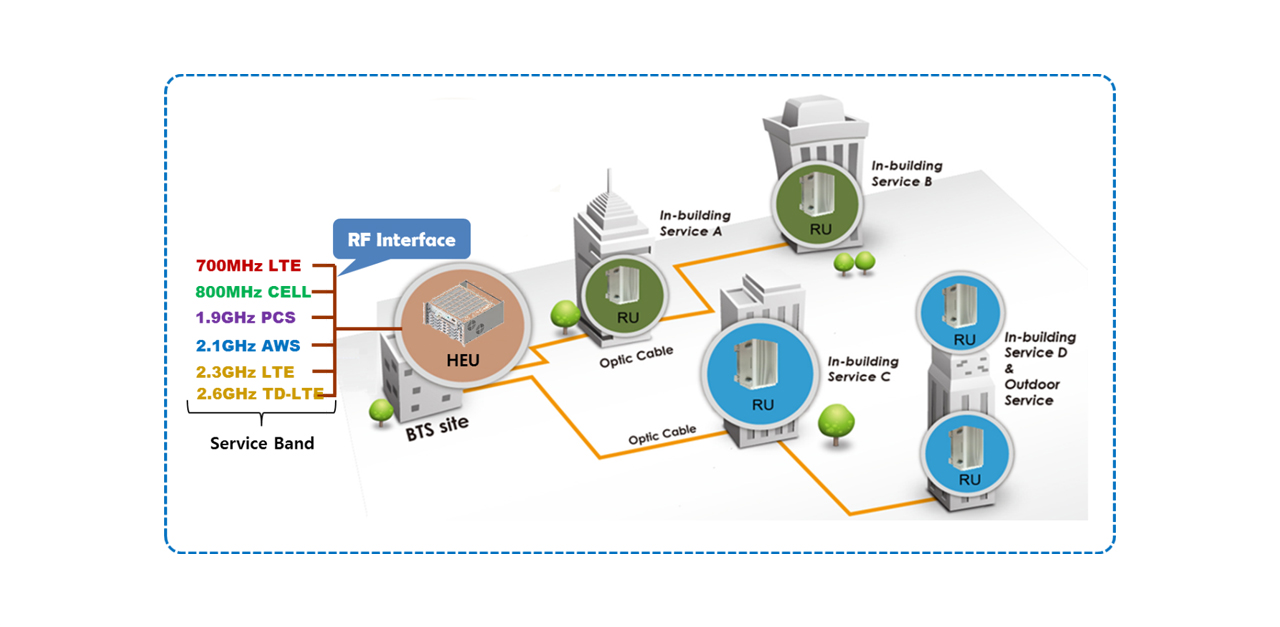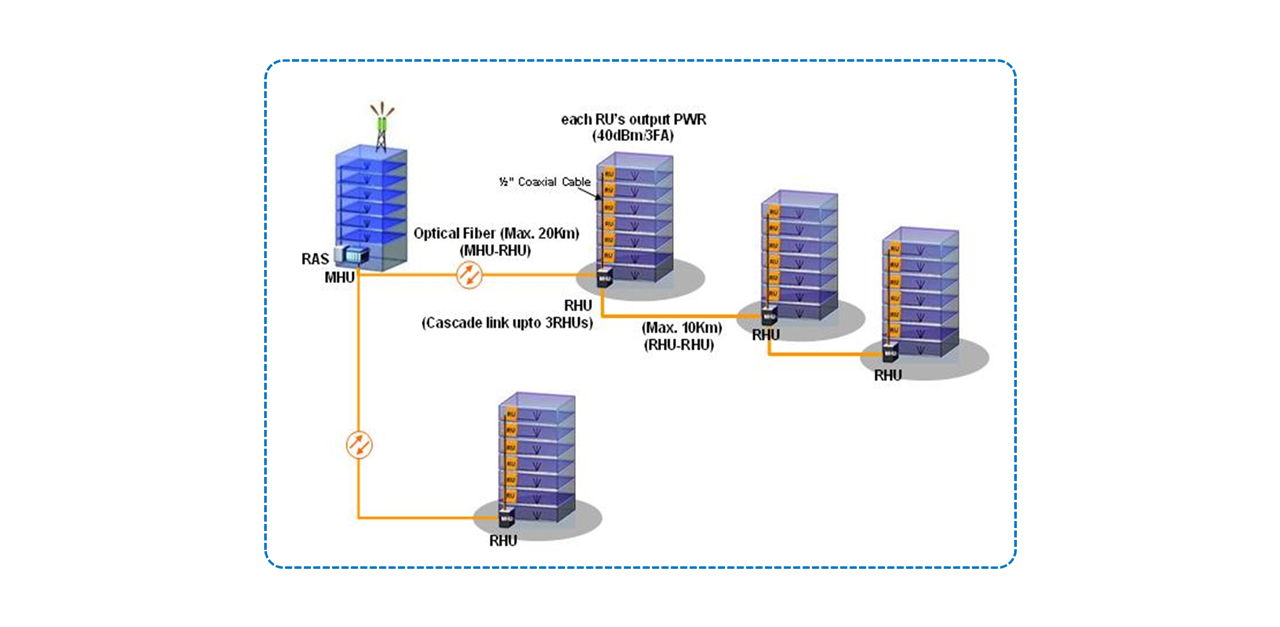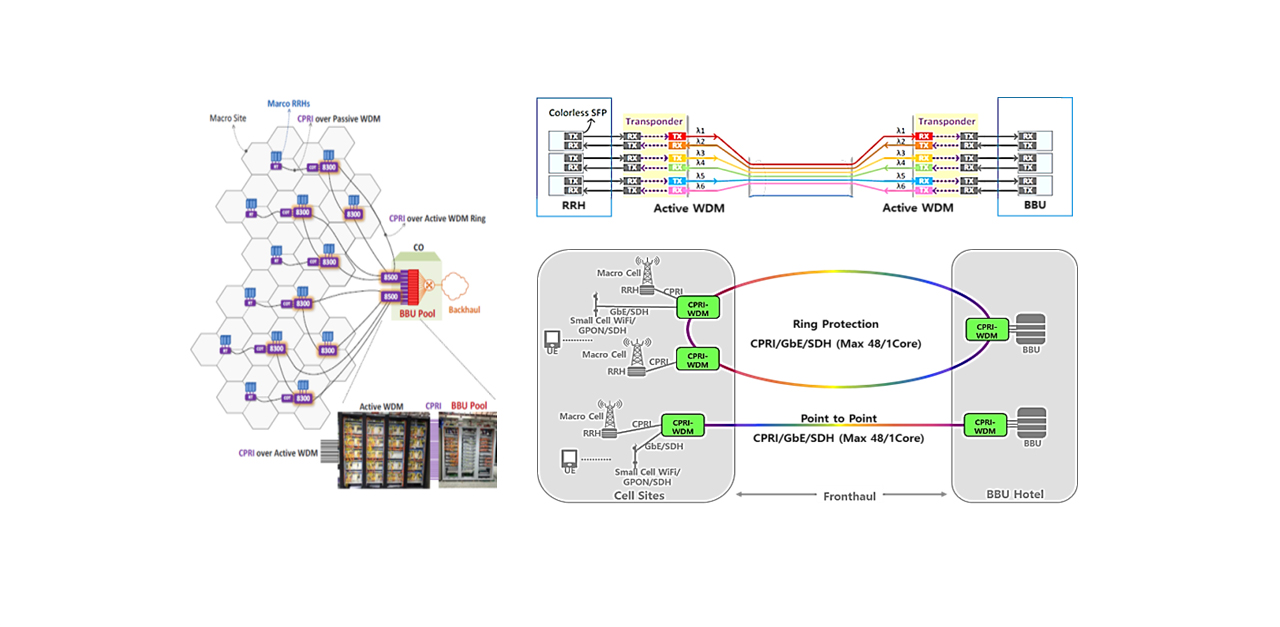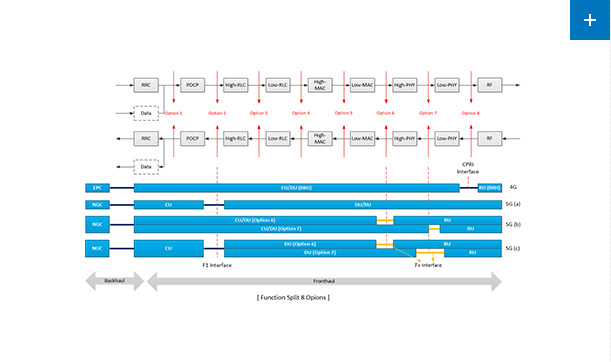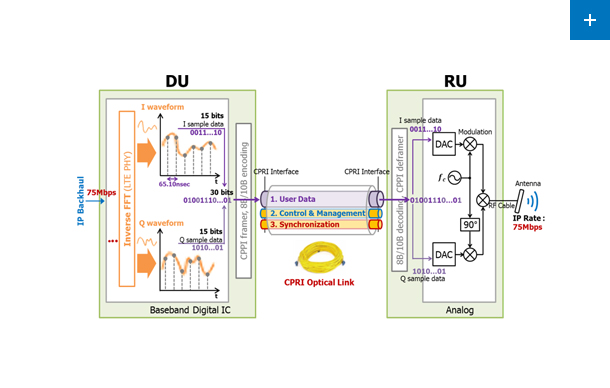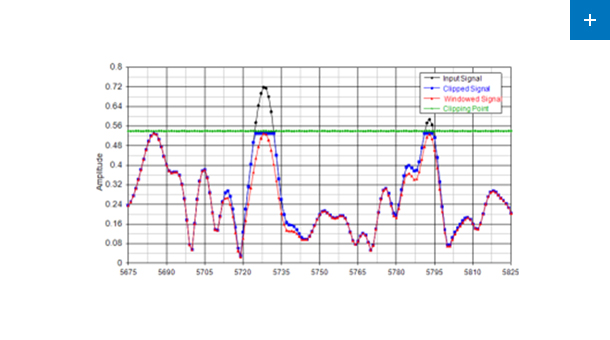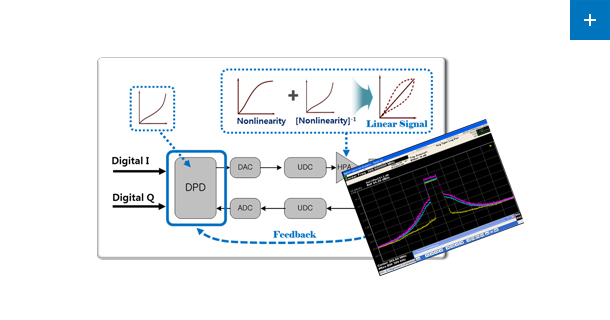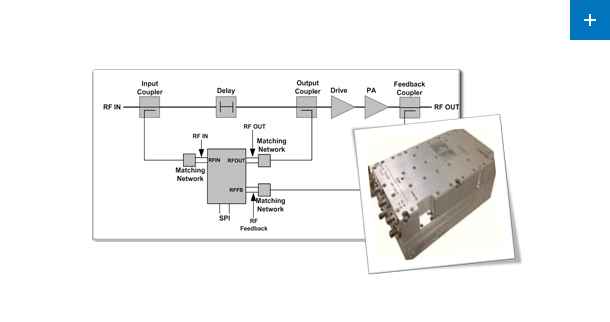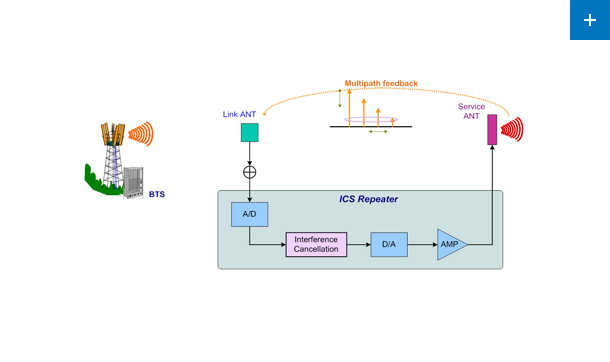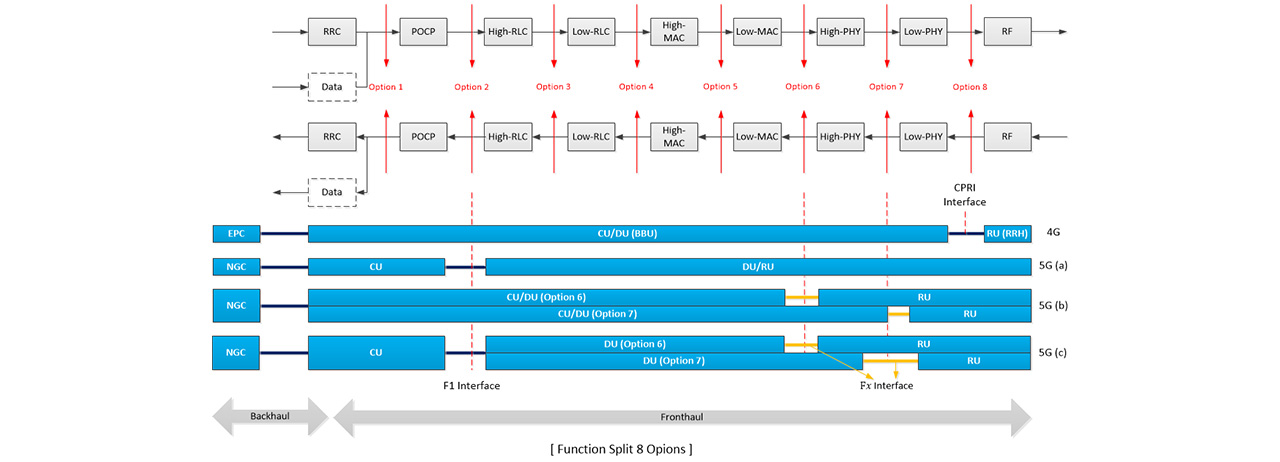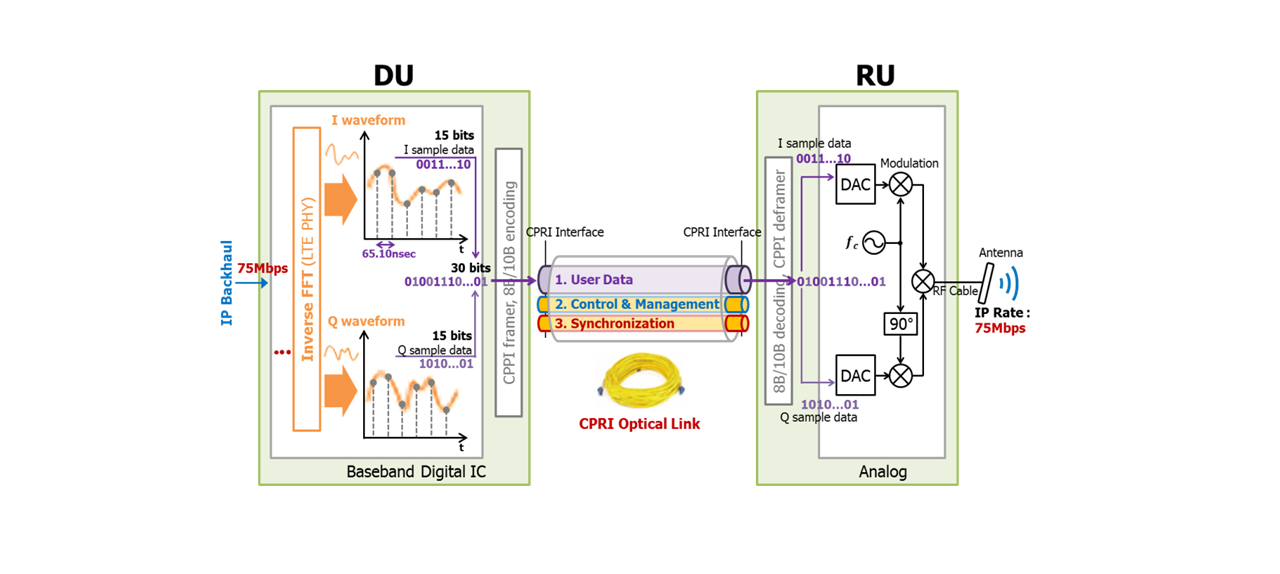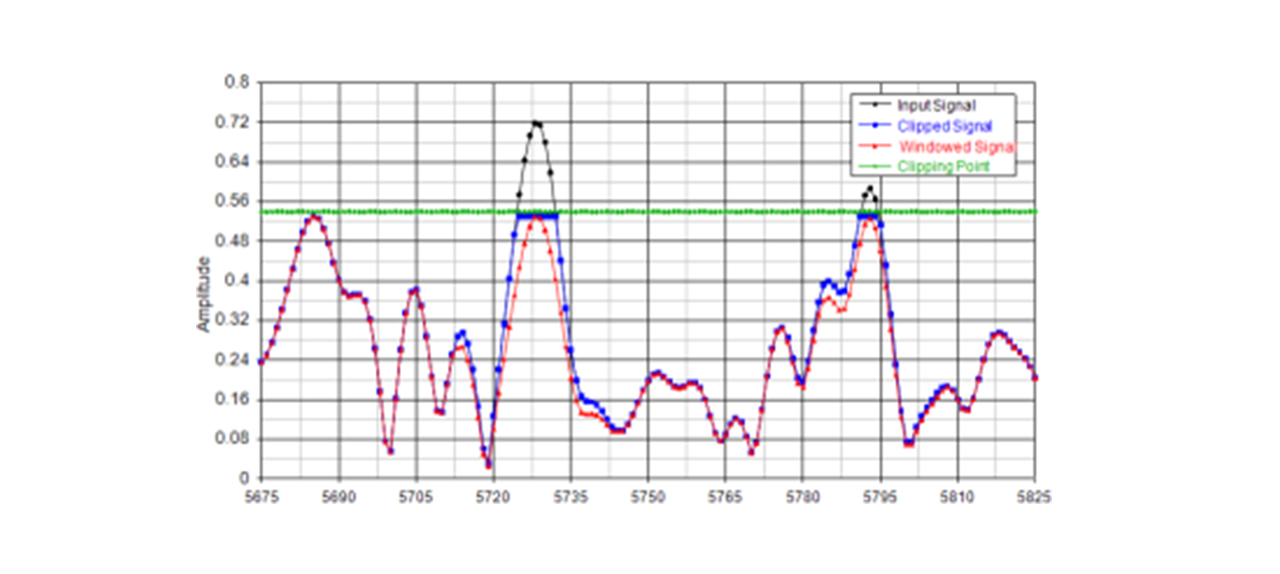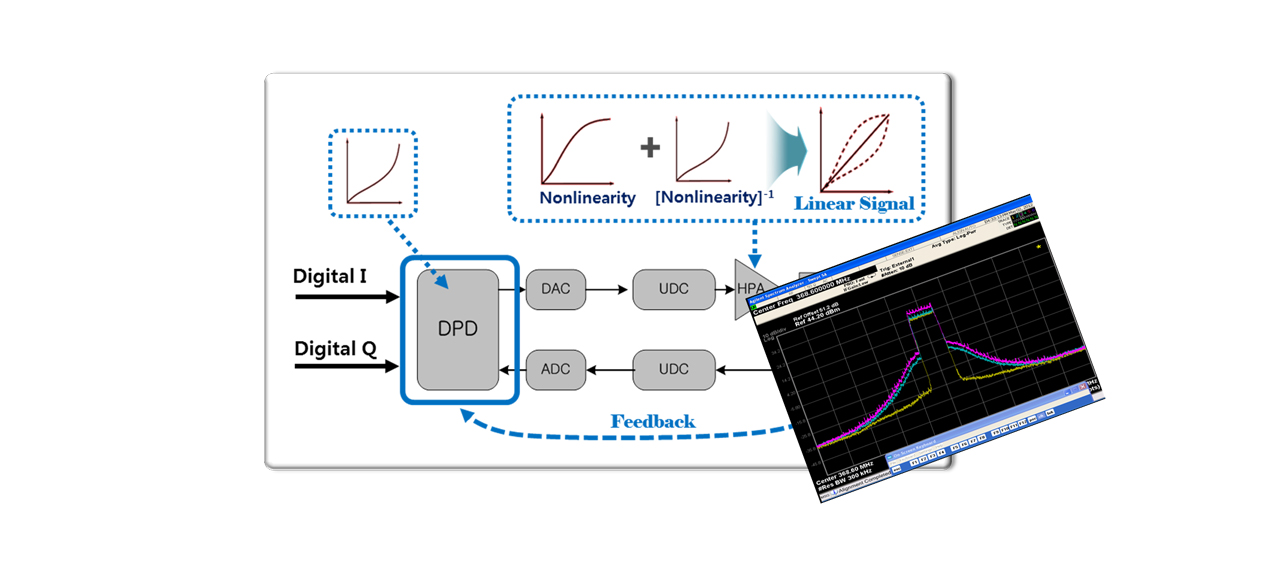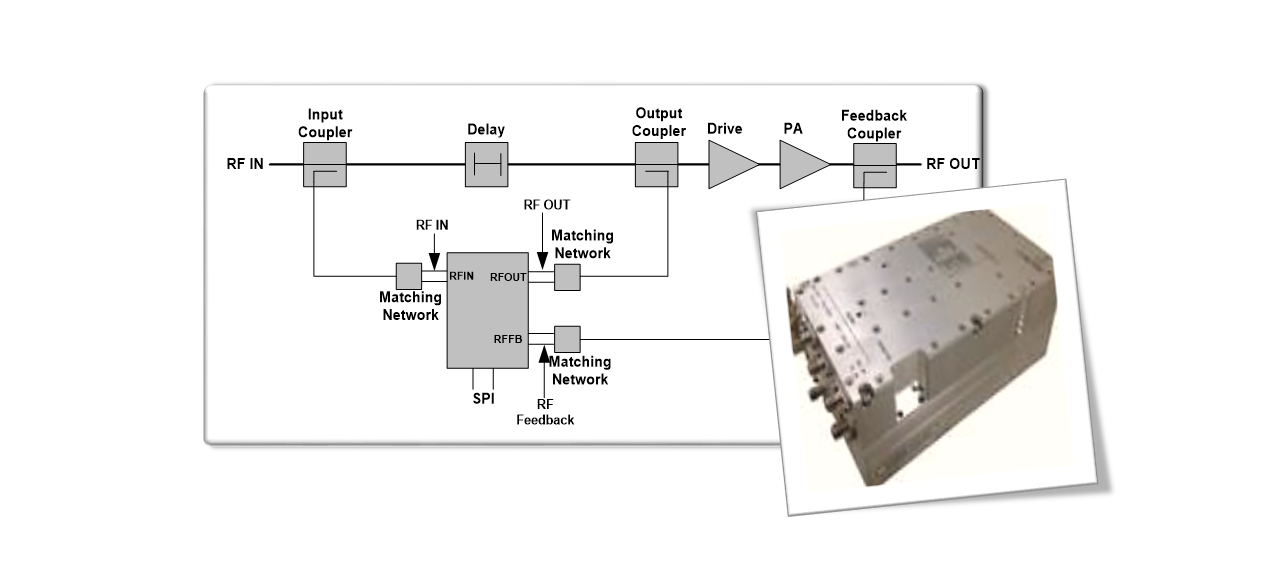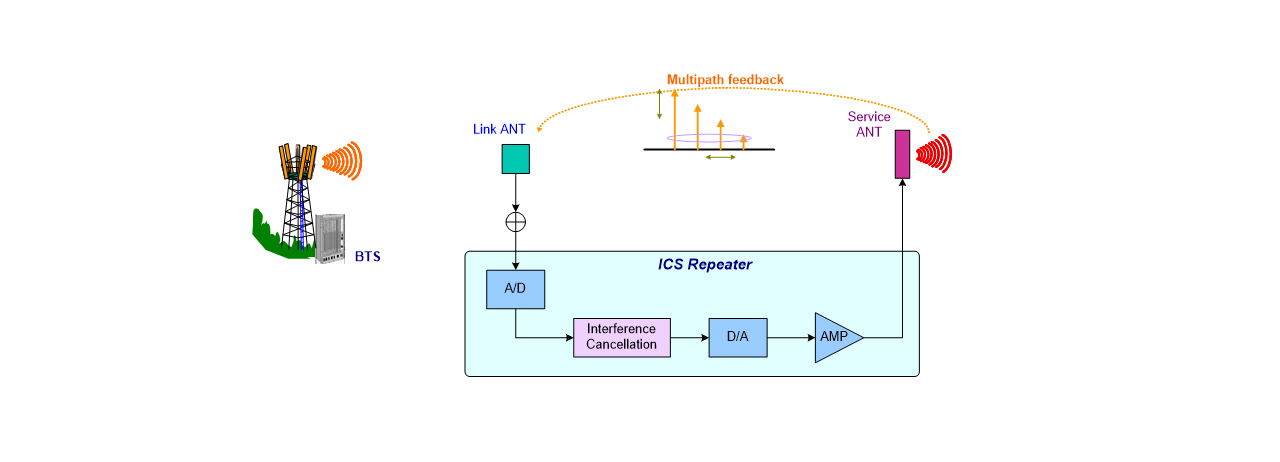


FRTek has been addressing the needs of the Wireless industry since 2000, ensuring customers have high quality economical solutions to their mobile communications coverage challenges.
FRTek started by developing high performance repeaters and continued advancing technology over the following years to support WiMAX, FDD-LTE, TDD-LTE, and DMB. In recent years, FRTek developed ICS repeaters with interference cancellation algorithms to ensure insufficient isolation and environmental feedback paths do not jeopardize performance. The repeater families developed varied from home repeaters and commercial indoor repeaters to high power outdoor repeaters.
In addition to repeaters, FRTek developed single operator and multi-operator Digital DAS supporting many different international frequency bands and operator requirements.
Various custom products have been developed for FRTek's partners including RRHs with an OEM specific CPRI interface.
All of these products provide seamless wireless coverage and capacity enhancement and are built upon several key pieces of technology that FRTek has developed and continues to advance further, including but not limited to: ICS (Interference Cancellation), DPD and APD amplifier design, CPRI, and Digital signal processing.
Network Application
O-RAN Technology
O-RAN (Open-Radio Access Network) is the New Generation Open 5G Fronthaul Interface Standard. For the O-RAN Fronthaul Interface, Option 7.2x of the PHY-High and PHY-Low area between the O-RAN Distributed Unit(O-DU) and O-RAN Radio Unit(O-RU) was selected as standard.
The 5G O-RAN protocol refers to the open protocol of the eCPRI or ROE method between the O-RAN DU(O-DU) and O-RAN RU(O-RU). As the option gets lower, the transmit capacity reduces and the latency increased. FRTek has acquired the O-RAN Interface technology through the Government project, and is on-going product development that applies the O-RAN Interface.
The CPRI Technology
CPRI (Common Public Radio Interface) specification was standardized in 2003.
CPRI is the open protocol to define the signal interworking interface specification between
The DU(Digital Unit) and RU(Radio Unit) the Latest CPRI version is 7.0 defining 24Gbps line-rate.
User data is delivered as baseband digital IQ streams within the IQ data block of the CPRI basic
frame. The RU converts user data into an analog signal and transmits it to the terminal through
antenna(s) after applying amplification. Control & management data and synchronization information
is delivered through CPRI sub-channels (control words) and is used by the DU and RU system.
FRTek developed a RRH including the CPRI interface and has since used the technology to design
an option for a standard CPRI connection into our DAS Master MHU products.
CFR/DPD Technology
Many mobile operators are demanding products that can provide multi bands, which has caused
an increase in power consumption. This is undesirable as it leads to larger, more expensive
equipment that is more expensive to operate. Therefore the importance of maximizing
the efficiency of the DAS/Repeater system is significant.
Two core technologies used to improve the system efficiency are CFR (Crest Factor Reduction)
and DPD(Digital Pre-Distortion) technology.
CFR is a DSP(Digital Signal Processing) technology applied to the input signal which reduces
the peak power components of the signal with minimal degradation of key signal characteristics.
This technology reduces PAPR(Peak to Average Power Ratio) while maintaining the signal accuracy
and required spectrum requirements. This reduces of back-off power of the high power amplifier
and allows the use smaller transistors, with benefits of reducing cost, size, and power consumption.
DPD (Digital Pre-Distortion) is a DSP technology which improves the linearity of the high power amplifier.
DPD involved processing applied to the input signal of amplifier to minimize the signal distortion caused
by non-linearity. This is done by applying an inverse of the estimated distortion to the signal to effectively
try to cancel the distortion of the amplifier.
FRTek has been developing with CFR/DPD technologies since the 2000 and has provided various
products containing the technologies to mobile network operators.
APD Technology
APD(Analog Pre-Distortion) technology is used to improve the linearity of high power amplifiers
by using a different method than DPD. Unlike DPD which uses feed-back technology, APD uses
feed-forward technology linearize the high power amplifier.
APD can be used to provide significantly higher efficiency compared to classical power amplifier
(LPA, HPA) designs. This results in making the power amplifier and total system smaller and consume
less power, thus supporting the goal of incorporating multiple bands into one unit.
The input and output signals of the amplifier are monitored and used to create the inverse function
of the non-linearity characteristics of the amplifier. This inverse signal is then added back to the input
of the amplifier to cancel out the distortions.
FRTek has developed products using APD technologies since the 2000 and has provided various
products including APD to several mobile network operators.
ICS Technology
It is difficult to use RF repeaters in outdoor environments due to the struggle to get sufficient
isolation between the link antenna and service antennas. FRTek’s ICS (Interference Cancellation System)
technology detects the feedback & oscillation signal and removes it by using DSP (Digital Signal Processing)
technology to prevent oscillation and allow the operation of the repeater in lower isolation environments.
The DSP block stores a running copy of the output signal and uses that copy to remove any time and
amplitude faded portion of that signal from input signal.
FRTek’s ICS technology can even secure the performance of the RF repeater in environments with
dynamically changing isolation. This is accomplished through the implementation of precise tracking
algorithms to compensate for time variations in the environment (such as vehicles, trees, wind).
The ICS functionality allows the repeater to be operated in outdoor environments and even allows
implementation in a cascade network.









